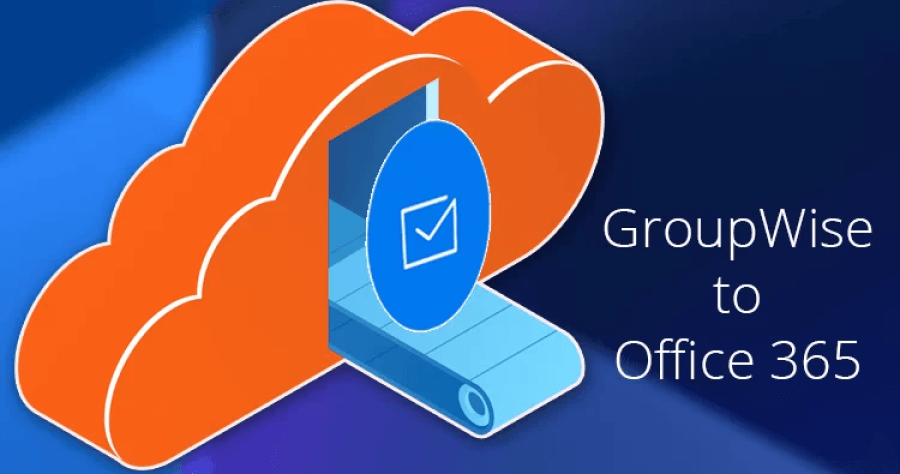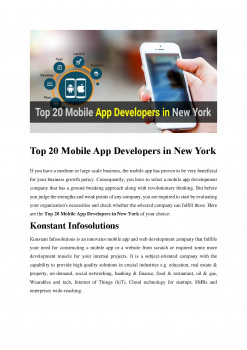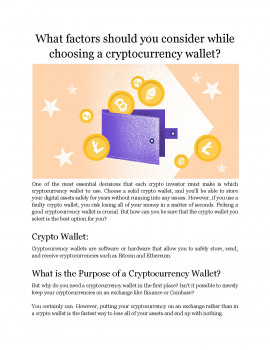Things to consider before developing an android app - Pdf Slider

Suppose you own a software development company or work as a mobile app developer to develop a Design app for android. In that case, you are well aware of the obstacles you face as a business or individual. Project management is a difficult job. To produce anything with actual business value, you require high-level expertise and skillsets. There are challenges, but what it takes to provide the best are passion and focus. A slight lapse of judgment can sometimes backfire. We've discovered that developers frequently disregard industry best practices. These tiny practices, however, turned out to be the black shadows. We all know that Android apps are written in Java, which gives programmers more power and allows them to create algorithms that make the app work. Typically, developers make a few basic errors that lead to an application crash or ANR (Application Not Responding). We'll go over some of the most common mistakes developers make while creating Android apps, as well as some crucial variables to consider.
1. Ignoring the handling of exceptions
One of the best features of Java is that it allows developers to fix their code if something goes wrong. The exception’s stack trace is typically printed in the log by most developers; however, this does not fix the problem. Developers should consider all conceivable scenarios and utilize this block as a chance to handle any potential exceptions correctly.
2. Datatype conversion without adequate checks
When making API requests, developers frequently utilize the String data type to store results, which is inefficient. The API results could be used in a variety of modules to process data further. A developer should convert and test the findings to minimize unintended consequences before passing them on to other modules.
3. Making a decision (Blocking) Thread of the Day
This is the worst-case situation when a user sees an irritating screen that annoys them and signals that they are not doing things correctly. Some programmers enjoy governing applications with codes; thus, they keep their Main Thread active all the time, resulting in ANR (Application Not Responding). This can happen when reading significant amounts of data from a device, processing images, or performing any other major activity that keeps the Main Thread busy for more than 5-10 seconds.
4. Use of RAM that isn't required
It's critical to reuse objects and, in some cases, properties because they all demand memory when they're generated, and some of that memory can be saved by reusing them.
5. Using a faulty file
Although this is not a regular occurrence, sure developers working on media applications may run into this issue. Now, we can't claim it's entirely the developers’ fault because, in some media applications, users upload faulty files that aren't checked on the server-side. This typically occurs with image, audio, and video files, but it can also occur due to an Android developer's error in not releasing the process.
6. Excessive use of memory
Android apps are allotted a set amount of memory, depending on the RAM capacity and available space. If you go above the limit, you'll get an outOfMemoryException, and the worst-case scenario is that it can be challenging to track down the bugged code.
7. Making use of outdated codes
This is just unacceptable for business applications where you know the project will last a long time; hence it's critical to do code reviews following each new stable SDK release. Because if you don't, some of the functionality will be unavailable to users running the latest OS version.
8. Failure to deal with network changes
It's widespread for most mobile users to switch networks, primarily due to data costs and quick access. In this case, it's critical that your application handle network changes, or else it'll cause network failure for the current session, and you don't want to make the user go through the same tedious login steps again.
Endnote
Of course, there is a slew of other factors to consider in addition to those discussed in this article. Fortunately, we've put together a comprehensive guide on how to build your mobile app from the ground up, which you can download as an ebook here:
YOU MAY ALSO LIKE
Tailwind Web Browser Support - Definitive Guide
Tailwind Web Browser Support is the topic we are going to discuss today. hoping that it would fulfill the need of learners.
Best and Secure way to Migrate GroupWise to Office 365
Shoviv GroupWise to Office 365 Migration Tool is the picture-perfect utility for all those users who want to migrate their GroupWise mailboxes into Office 365 mailboxes. Moreover, after the migration, this tool comes with accurate outcomes without zero data loss. If any user wants to try this utility they can go straight to its free trial version.
The Complete Guide to Implementing IoT in Your Business
The Internet of Things, or IoT, is all the rage these days, and with good reason—the number of devices connected to the Internet has skyrocketed over the past few years, and they’re expected to continue to grow exponentially.
Similar Links
PS4 launch date announced by Sony
The PS4 launch dates were announced by Sony Computing Entertainment Europe (SCEE) at the Gamescom 2013 convention in Cologne, Germany. First unveiled at the Electronic Entertainment Expo (E3) in June, the PS4 is black with an angular design, and is
Microsoft discloses data requests from Indian government
India made 321 user data requests between January to June this year to software giant Microsoft (including Skype), which disclosed subscriber/transactional data for nearly 80% of those requests. For entire 2012 calendar year, Microsoft including Sky
Facebook says it received 3,245 requests for data from Indian government in first half of 2013
Facebook said Tuesday it received more than 25,000 government data requests in the first half of 2013, with the largest number from the United States. The company`s first "transparency report" showed Facebook received between 11,000 and 12
Similar PDFs
Top 20 Mobile App Development Company in New York
Are you looking for a mobile app development company in New York? then there are many companies are working here but with researching work, I have found the top 20 mobile app development companies in New York. Please touch with us and choose the right mobile app development company for your business. https://www.softcircles.com/mobile-app-development-company-in-new-york/
What factors should you consider while choosing a cryptocurrency wallet?
Cryptocurrency wallets are software or hardware that allow you to safely store, send, and receive cryptocurrencies such as Bitcoin and Ethereum.
Digital Photography Basics ebook
How many times have you taken a photo and been excited to think that you’ve taken the most amazing shot in the world, only to discover that once you have seen the picture on your computer or in print, that everything is so dark that you can’t tell who is who? Or you find that all you can make out is a line of rather fuzzy things that could be people, or trees, or a piece of abstract art?









